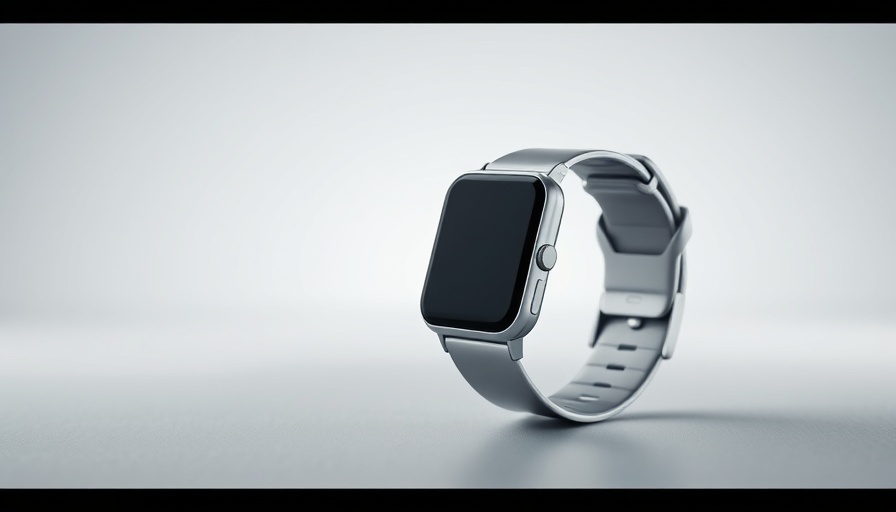
OnePlus Watch 3: A Compact Solution for Wearable Enthusiasts
The tech world is buzzing with excitement as OnePlus prepares to launch its latest innovation: the OnePlus Watch 3 in a new compact 43mm version. This announcement comes amid a growing consumer preference for smaller, more stylish smartwatches that don’t skimp on functionality. The release date set for this new size pitches OnePlus into direct competition with brands like Apple and Garmin, who have already made significant inroads in the smartwatch market.
Design Meets Functionality: What’s New?
The decision to introduce a smaller 43mm version aligns with a notable trend in the wearable tech space, where consumers favor sleek designs that integrate seamlessly into everyday life. The OnePlus Watch 3 aims to deliver both aesthetic appeal and robust features such as health tracking and seamless integration with smartphones. This balance of style and capability is likely to attract a broader audience, including those who previously preferred traditional watches.
The Shift in Consumer Preferences
As seen in the market, there is a noticeable shift towards compact wearables. Many users are opting for devices that are easy to wear and match fashion sensibilities. This mirrors trends observed with other brands like Garmin, which have been pushing stylish designs without sacrificing the core functionalities like fitness tracking and notifications. As OnePlus enters this competitive landscape with its smaller model, it raises the question: will it redefine standards for smartwatch design and features?
Expert Insights: Market Trends and Consumer Needs
Industry analysts suggest that the move towards more compact smartwatches is more than just a design choice—it's a reaction to consumer demands. Research indicates that many users find larger smartwatches cumbersome, especially when paired with modern clothing styles that emphasize minimalism. A smaller option allows for better integration into everyday life, particularly among younger demographics who want wearables that fit their lifestyle rather than overwhelm it.
Future Predictions: What’s Next for OnePlus and Smartwatches?
Looking ahead, the OnePlus Watch 3 could pave the way for further advancements in smartwatch technology, particularly in health monitoring features. There are predictions suggesting that future iterations will not only focus on size but also on functionality, including enhanced battery life and improved health metrics tracking. As consumer technology evolves, so too does the expectation for wearables to offer even more comprehensive solutions that integrate with other smart devices.
In conclusion, the launch of the OnePlus Watch 3 in a compact 43mm version could set off a chain reaction in the tech industry, prompting existing players to adapt or enhance their offerings to meet changing consumer demands. As technology continues to evolve, being aware of these shifts will enable consumers and other tech enthusiasts to make informed choices about their wearable devices.
 Add Row
Add Row  Add
Add 




Write A Comment